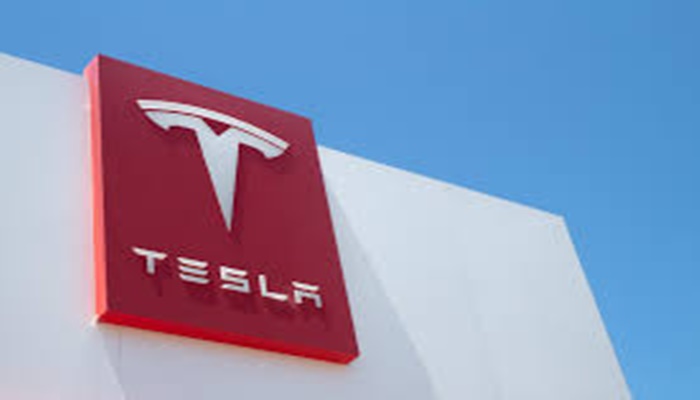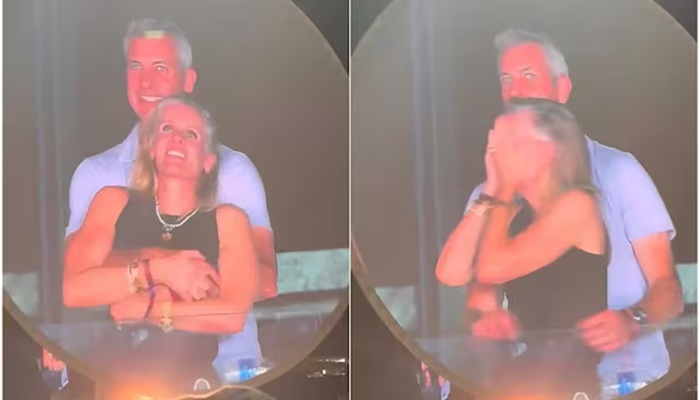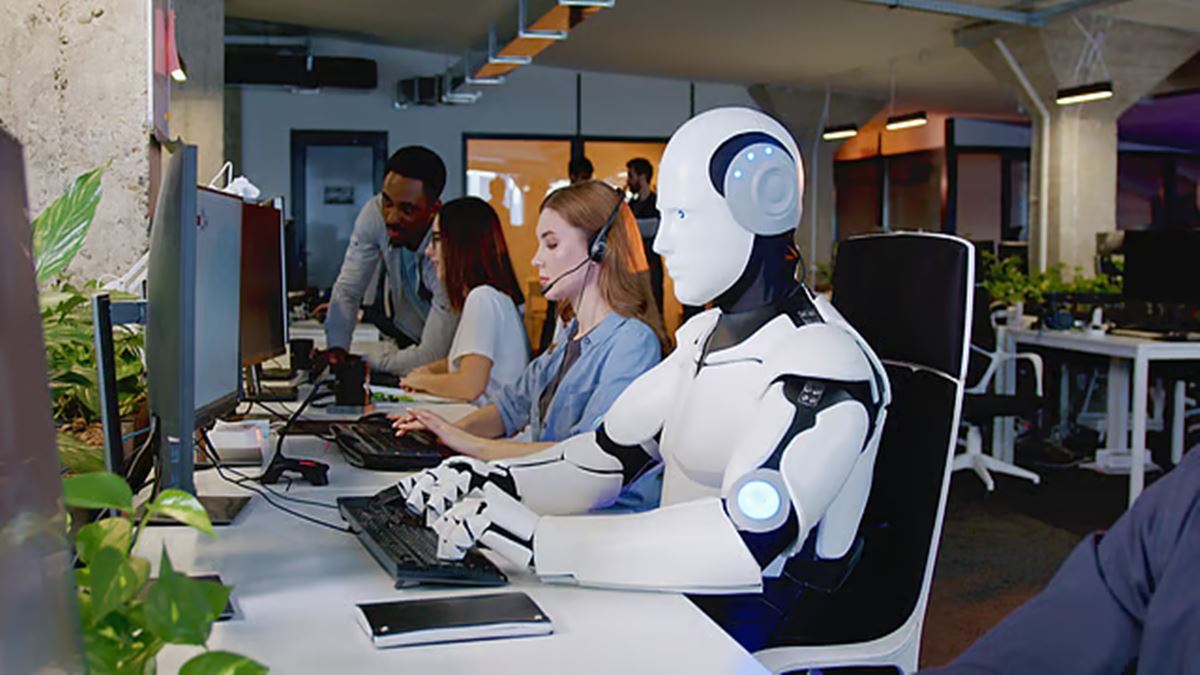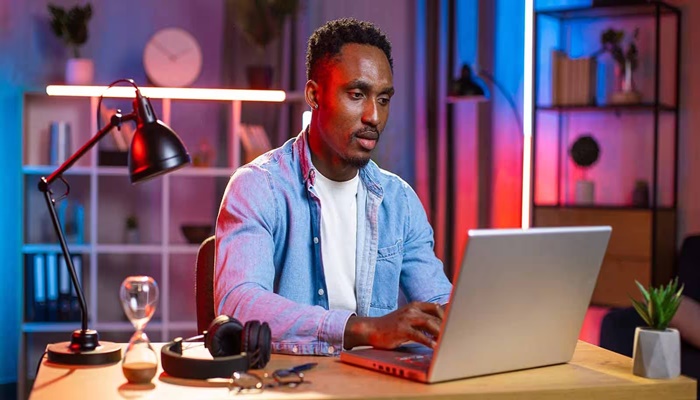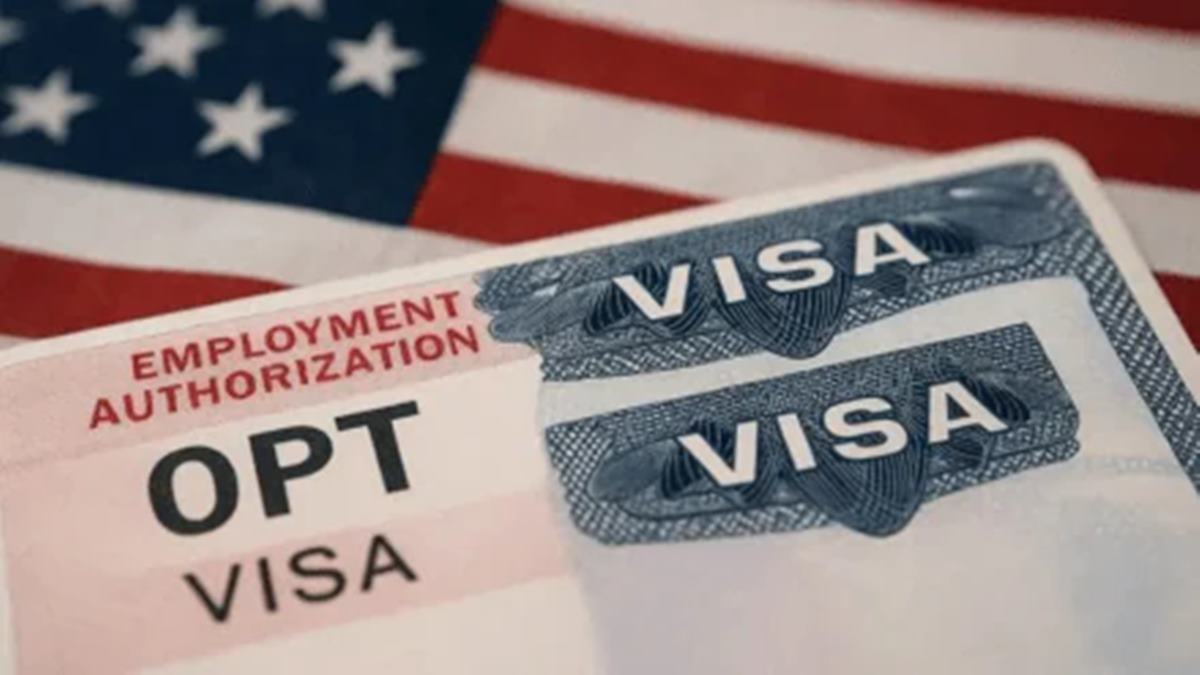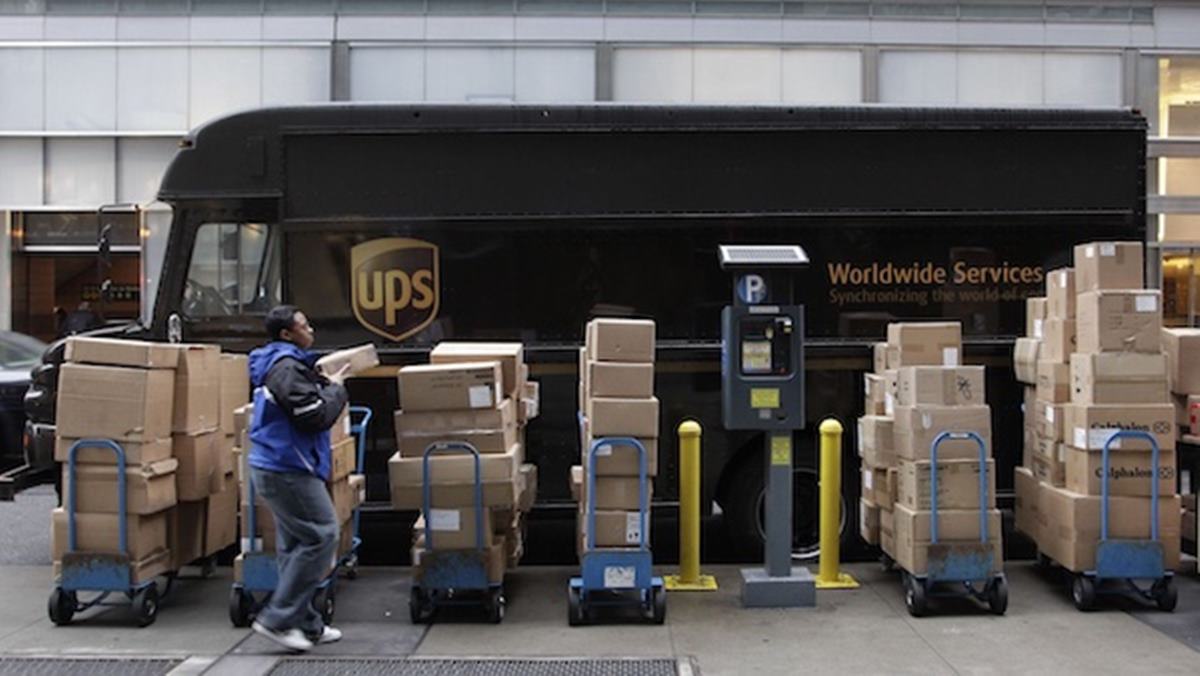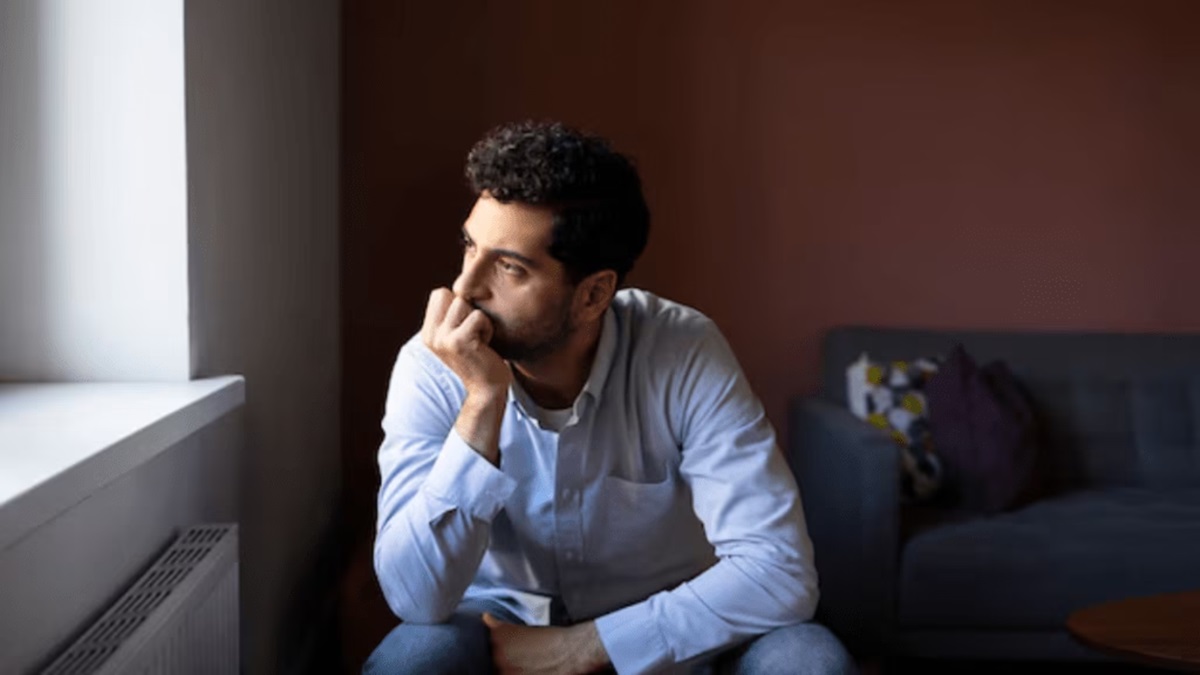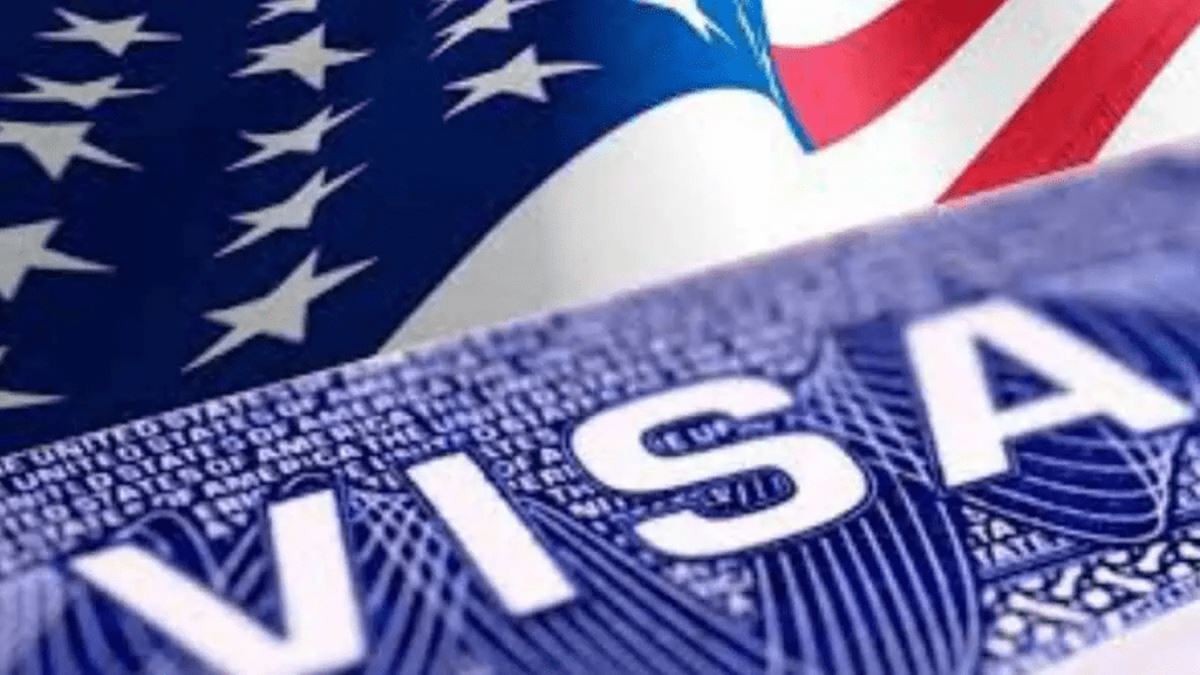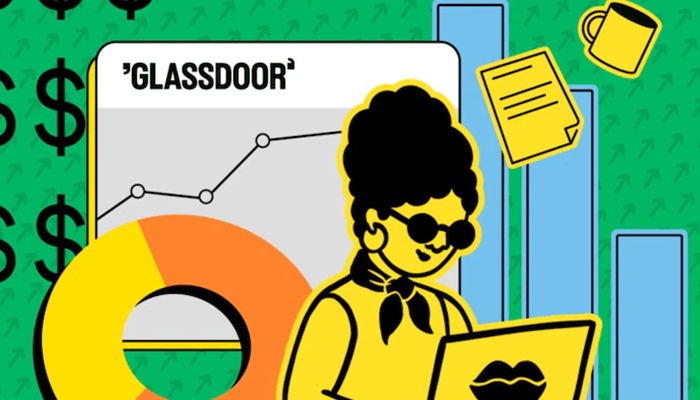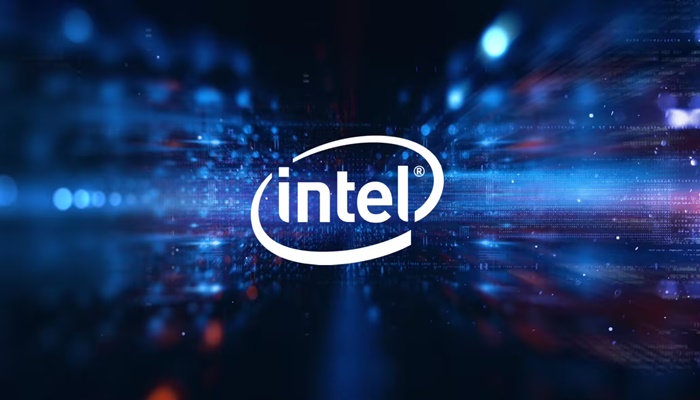It appears that Tesla is employing a large number of remote operators to keep an eye on the self-driving taxis and guarantee their safety.
Tesla is getting ready to introduce its highly anticipated fleet of autonomous ride-hailing Model Ys in Austin, Texas, by the end of June, after making annual promises of self-driving vehicles for the previous ten years. Will they, however, be fully autonomous, or will human controllers operate from a distance to subtly maintain order?
At least in the early phases of the rollout, the latter seems to be the more likely scenario.
In a letter, Adam Jonas, an equity analyst at Morgan Stanley, an investment bank and research organization, stated that he recently visited Tesla’s Palo Alto office and discovered that the company would be depending on “plenty of tele operations” to guarantee the service is secure for the general public.
His assertion does, in fact, correspond with a number of teleoperation job openings on Tesla’s careers website.
“C++ Software Engineer, Teleoperation, Optimus & Robotaxi” is the title of one position that Tesla has listed. “Robotics Engineer, Teleoperation, Optimus” is the title of another. “Our cars and robots operate autonomously in challenging environments,” the previous job description states. We need to be able to access and operate them remotely as we refine the AI that drives them.
The primary problem with these autonomous EVs is still safety. Federal regulators are still looking into the occurrences involving Autopilot and FSD, the sophisticated driver assistance systems that have been connected to hundreds of crashes, some of which have been fatal. Tesla has not yet released safety statistics for its Full Self-Driving (Supervised) software.
After years of delays, Tesla is confident and moving forward with its plans for robotaxis. In Austin, it will start with a limited trial fleet of about ten vehicles that are only accessible to a select set of users. Elon Musk, the CEO, stated that the number of robotaxis “will probably be at 1,000 within a few months” in an interview with CNBC last week.
Then, rejecting Waymo’s use of sophisticated sensors like lidar and radar, Musk redoubled his efforts to teach Tesla’s autonomous computer that operates the car using cameras and artificial intelligence. We discovered that many sensors have a tendency to become confused. Therefore, do you trust the lidar or the camera? Musk stated.
Paradoxically, Tesla’s most recent strategy now shares at least one aspect with Waymo’s. Humans will be involved in it. Tesla seems to have constructed its own virtual reality apparatus for teleoperators to remotely observe and take action if necessary, based on its job postings.
But it’s much more than just piloting a stranded robotaxi and sitting in a chair in California. In essence, these operators will create the real-time collaboration between onboard AI and distant people by contributing to the development of the interface that links humans to the cars.
When the car encounters a complicated traffic situation, Waymo‘s “fleet response agent,” a human helper, can ping the car. Real-time external camera feeds, a 3D map of what the car sees, and the ability to rewind the video like a DVR to gain more context are all available to these agents. Waymo stated in a blog post that “a helpful human is just a touch of a button away, just like with the rest of our operations.”
It looks like Tesla’s setup is comparable. Until they don’t, the robotaxis will drive. Then a distant person might discreetly intervene to help.
Source – https://www.evmechanica.com/tesla-hiring-humans-to-monitor-self-driving-robotaxis-operations/
